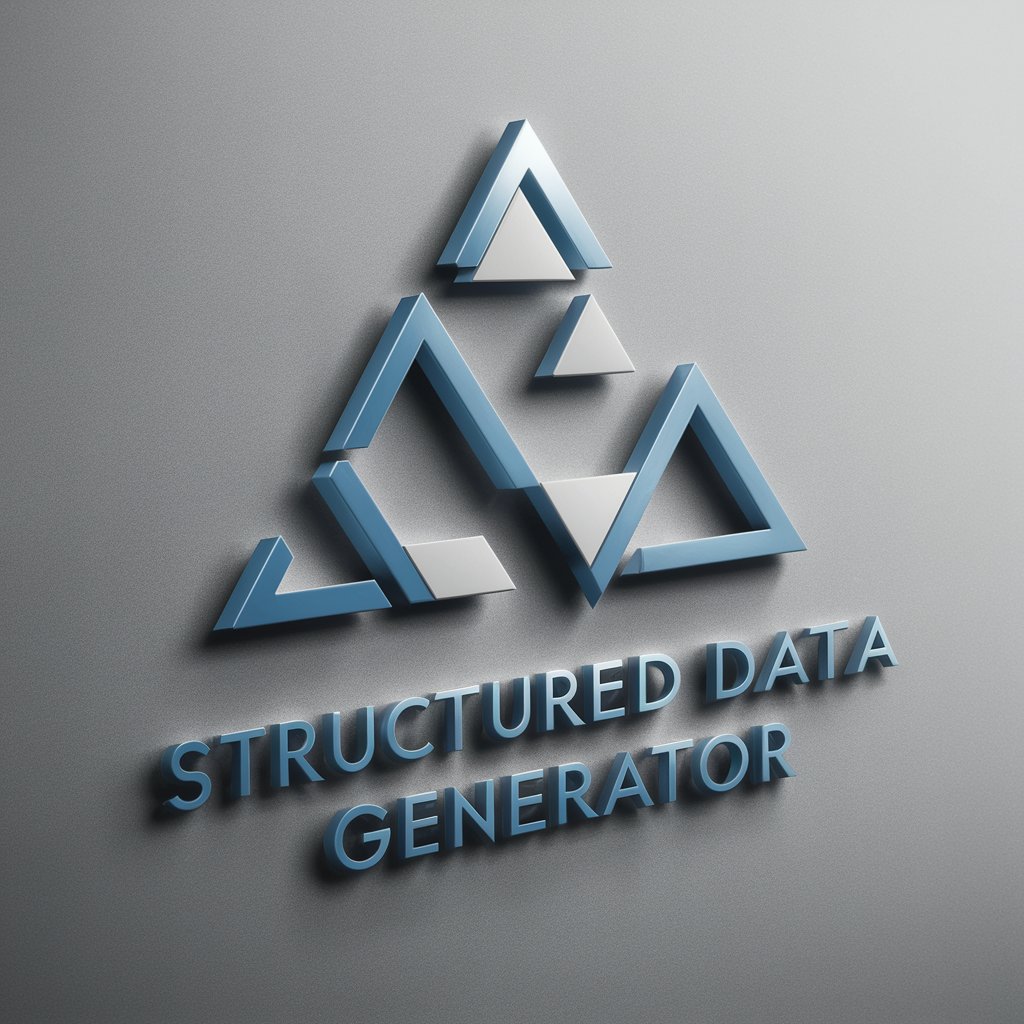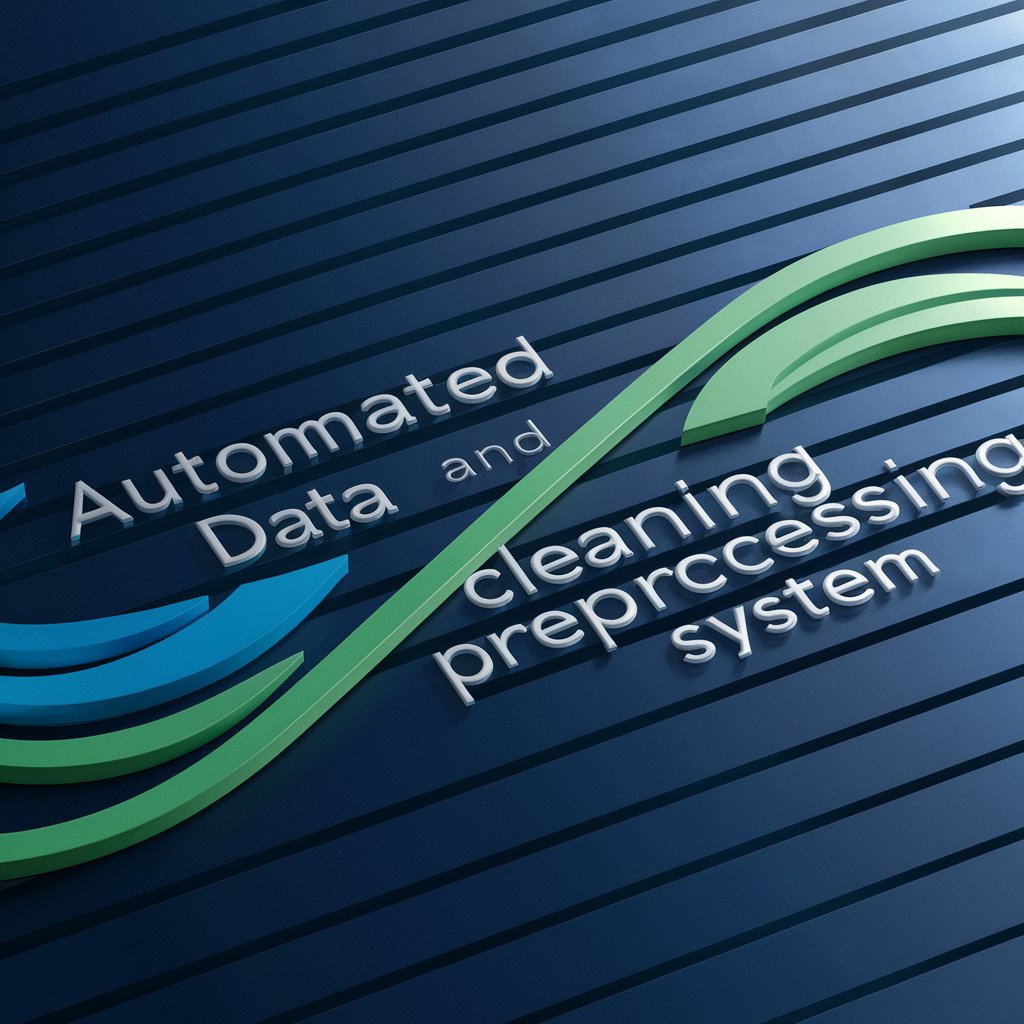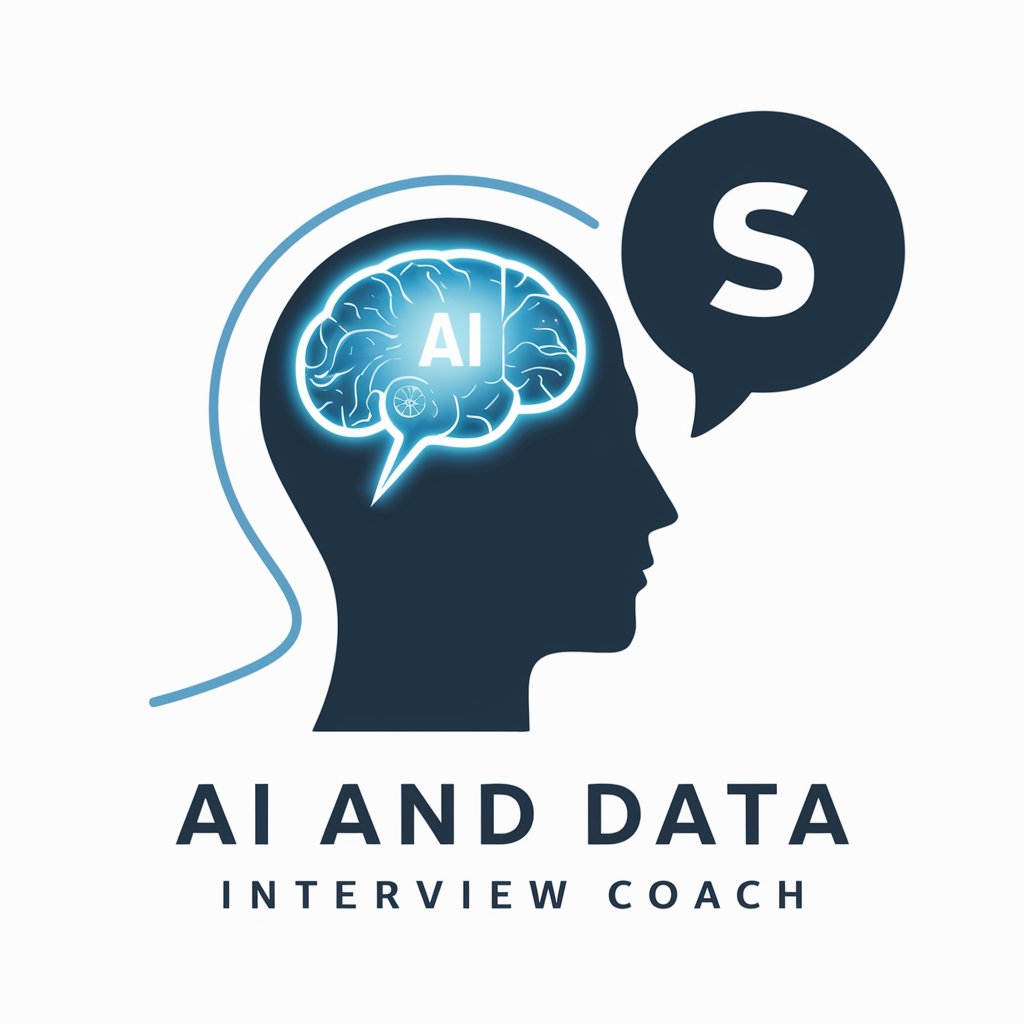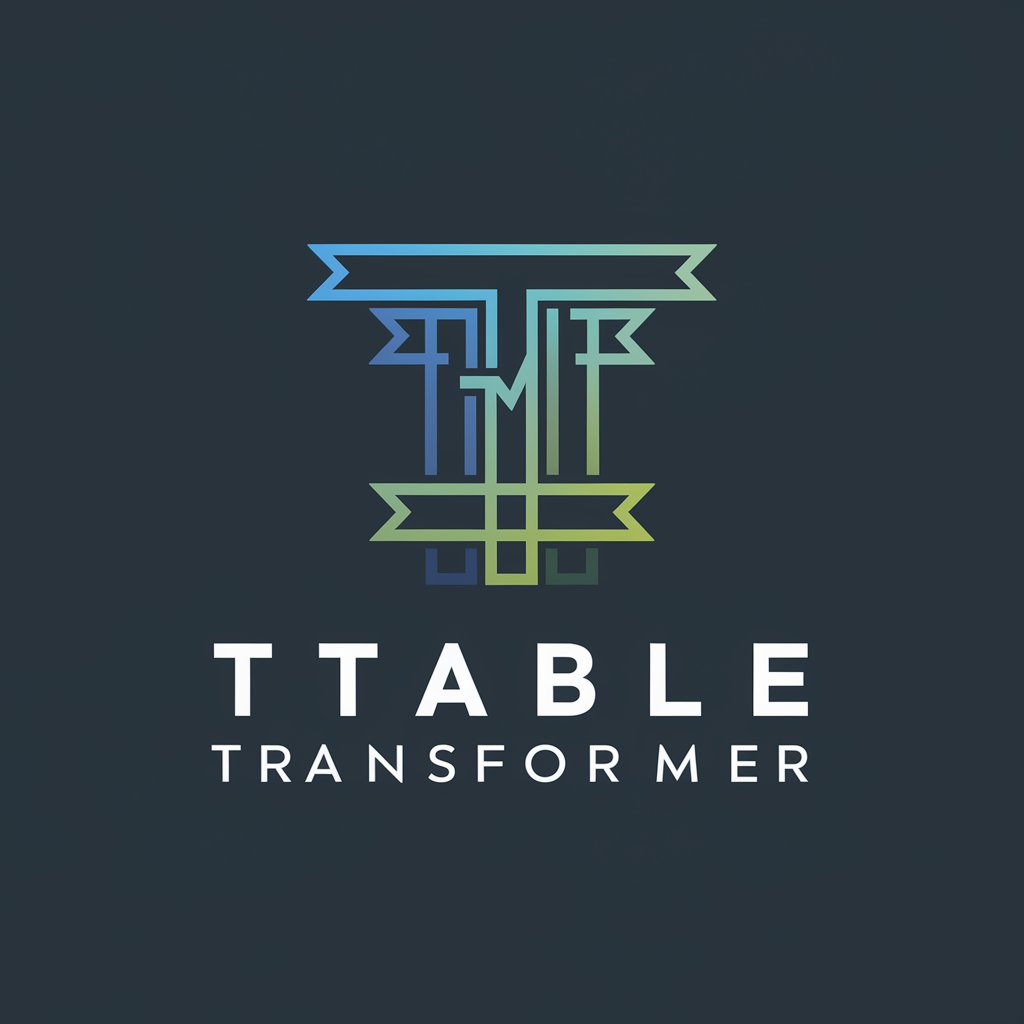
Data Cleaning and Structuring for AI - Data Cleaning and Structuring

Welcome! Let's clean and structure your data efficiently.
Streamline Data with AI Power
Explain how to handle missing values in...
Describe the process of identifying and removing duplicates...
What are the best methods for treating outliers in...
How can we ensure formatting consistency for...
Get Embed Code
Introduction to Data Cleaning and Structuring for AI
Data Cleaning and Structuring for AI is a specialized process designed to prepare raw data for analysis and modeling, ensuring it is clean, accurate, and formatted in a way that is usable for artificial intelligence (AI) and machine learning (ML) algorithms. This involves addressing and rectifying issues such as missing values, duplicates, outliers, and inconsistent formatting, as well as transforming and structuring data to enhance its quality and usability. For example, a dataset containing customer feedback might be semi-structured with inconsistent date formats and missing values in the feedback scores. Data cleaning would standardize the date formats, impute missing scores based on a specific strategy (e.g., using the mean score), and structure the data into a format (like a CSV file) that is readily analyzable by AI algorithms. Powered by ChatGPT-4o。

Main Functions of Data Cleaning and Structuring for AI
Handling Missing Values
Example
Imputing missing values in a dataset of patient records using the mean value for continuous variables like age and blood pressure, or the mode for categorical variables like gender and diagnosis.
Scenario
In a health analytics project, ensuring that patient records are complete to improve the accuracy of predictive models for patient outcomes.
Dealing with Duplicates
Example
Identifying and removing duplicate entries in a customer database using unique identifiers like email addresses or customer IDs.
Scenario
In CRM systems, preventing multiple records for a single customer to ensure accurate customer relationship management and reporting.
Outliers Treatment
Example
Removing or capping outliers in financial transaction data based on the interquartile range (IQR) to prevent skewing fraud detection models.
Scenario
In fraud detection systems, enhancing model performance by ensuring that the training data does not include extreme values that are not representative of typical transactions.
Formatting Consistency
Example
Standardizing date formats from various sources to a single format (YYYY-MM-DD) in a consolidated sales report.
Scenario
In business analytics, facilitating accurate and efficient time series analysis of sales data from multiple regions or sources.
Ideal Users of Data Cleaning and Structuring for AI Services
Data Scientists and Analysts
Professionals who require clean, structured data for modeling, analytics, and visualization. They benefit from these services by saving time and improving the accuracy of their analyses and models.
Business Intelligence Professionals
Individuals who need to integrate and analyze data from various sources to inform strategic business decisions. Clean and structured data is crucial for accurate reporting and insights.
Machine Learning Engineers
Specialists who develop AI models and algorithms. Clean, high-quality data is fundamental for training models effectively and ensuring their reliability and performance.
IT and Database Administrators
Those responsible for managing and maintaining data systems. They use these services to ensure data integrity and consistency across databases and systems.

Guidelines for Using Data Cleaning and Structuring for AI
Start Free Trial
Access the tool by visiting yeschat.ai, offering a free trial without the need for login or ChatGPT Plus subscription.
Prepare Your Data
Ensure your data is accessible in a supported format (e.g., CSV, Excel, JSON). Identify main issues like missing values, duplicates, or inconsistent formatting.
Define Cleaning Rules
Specify rules for handling data issues such as imputing missing values, removing duplicates, and correcting formats. Decide on structuring needs like normalization or aggregation.
Upload and Process
Upload your data to the platform and apply the predefined cleaning and structuring rules.
Review and Export
Examine the processed data for accuracy and completeness. Export the cleaned and structured data in your desired format.
Try other advanced and practical GPTs
You Tube Transcript To Script
Transform Transcripts into Structured Scripts Effortlessly

Trippie Trip Planner - Pensy AI
Personalized Travel Planning, Powered by AI

Your Cinema
AI-powered Cinematic Guidance

台灣無人機小幫手 (Ardupilot.Taipei)
Empowering Your Flight with AI

Strategic Framework Architect
Empowering strategy with AI innovation

Witty Tee Creator
Crafting Laughs, One Tee at a Time

Petbook
Turn pet antics into storybook magic.

Web Design Assistant Rick
Empowering your design, powered by AI.

CXempatique
Empowering Customer Connections with AI
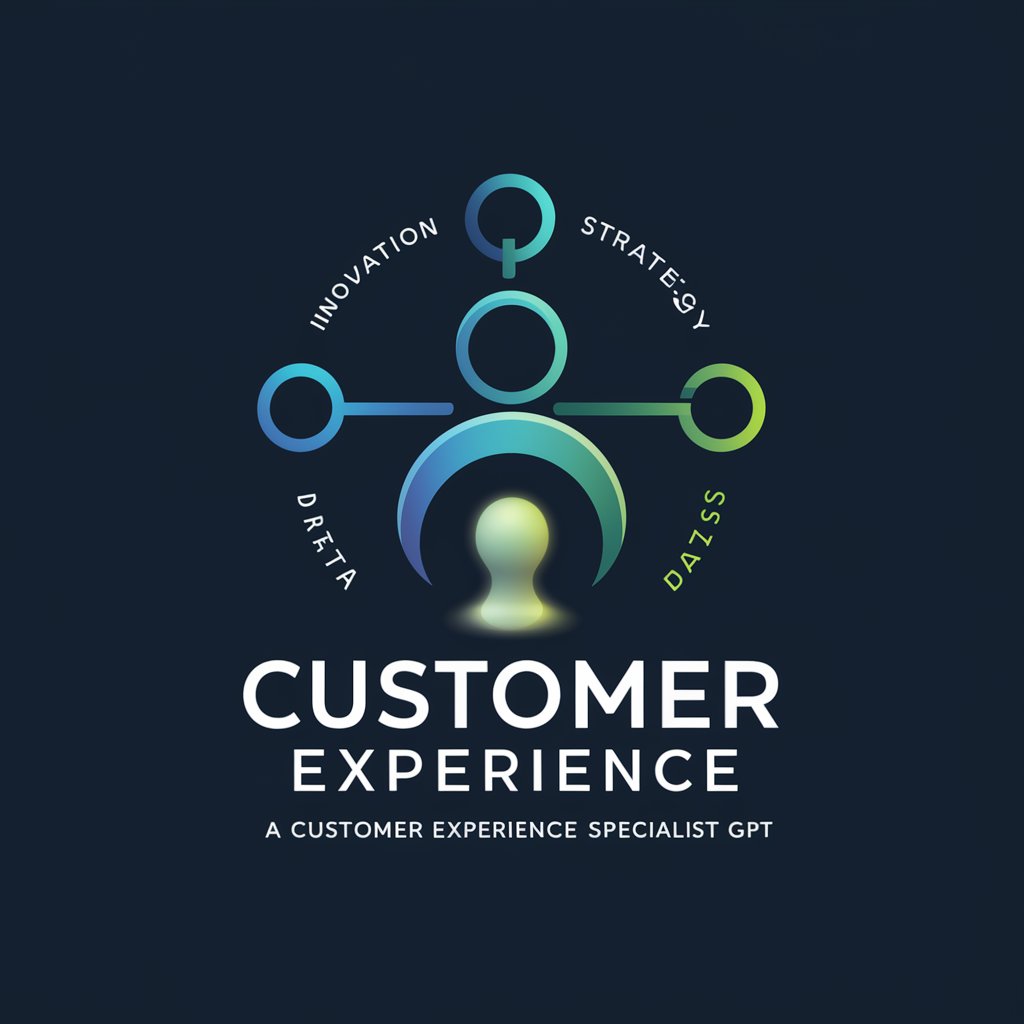
Banner Image Generator
Craft Perfect Banners with AI

Highway Code Helper
Navigate the roads safely with AI-powered UK Highway Code insights.

iPhone Cover Crafter
Design Your Dream iPhone Cover with AI

FAQs on Data Cleaning and Structuring for AI
What data formats are supported by the tool?
The tool supports various data formats including CSV, Excel, JSON, and XML for both input and output.
How does the tool handle missing values?
It offers multiple strategies such as removal, imputation with mean/mode, or prediction using other features, based on user preference.
Can it detect and remove duplicate records?
Yes, it can identify duplicates using specified fields and remove them or merge based on user-defined rules.
Is there a way to customize data structuring?
Yes, users can define transformations like normalization, aggregation, and the creation of new features to meet their specific requirements.
How secure is my data when using this tool?
The tool ensures data security and privacy with encryption and strict access controls, ensuring that your data remains confidential.

